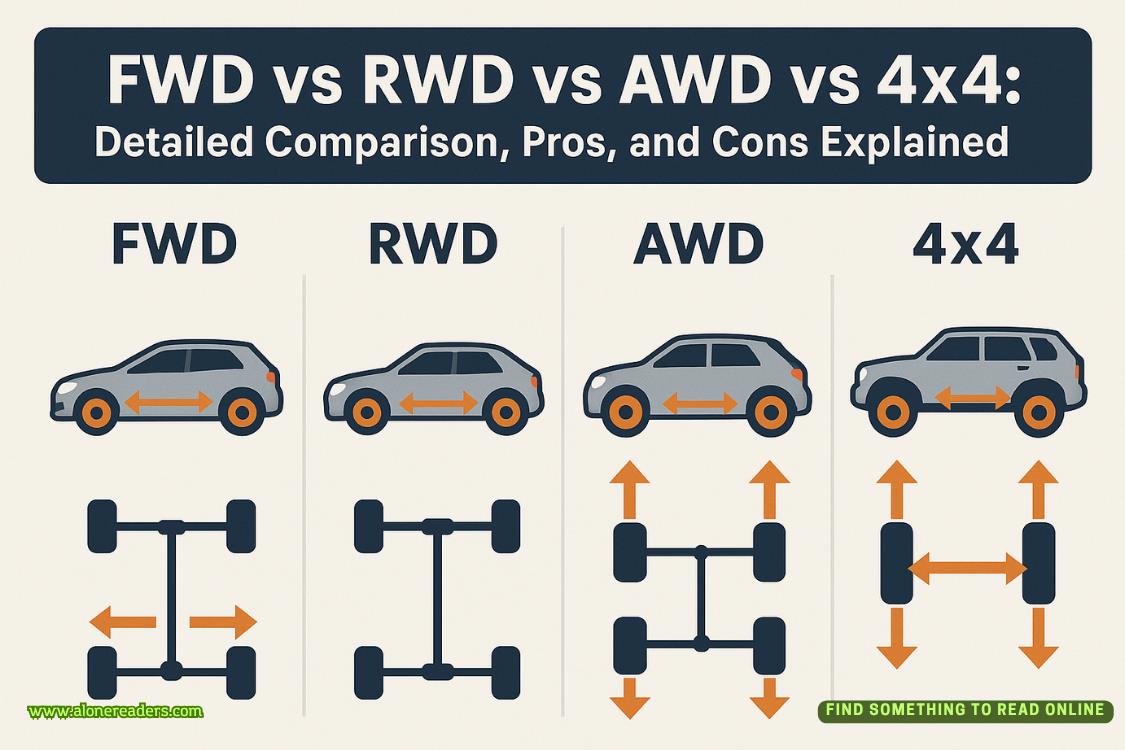Page 61 of Cry Havoc
“WAIT HERE,” COLONEL SINGLAUBsaid to his aide, who posted up outside the door to a small waiting area at the U.S. Army’s 17th Field Hospital in Saigon.
“Attention!” Quinn said, seeing the colonel step through the threshold.
Quinn and Tom sprang to attention from their seats.
“Keep your seats, gentlemen,” the colonel said, closing the door behind him.
The men remained standing, each taking the outstretched hand of the legendary Chief SOG.
Closing in on fifty, Colonel John K. “Jack” Singlaub looked as fit as he must have been in his days with the Office of Strategic Services, parachuting into Nazi-occupied France in August 1944. His short-sleeve khaki uniform was absent ribbons but still displayed his name tag, Combat Infantryman and Master Parachutist badges, ARVN jump wings, and Ranger Tab. The silver eagle on his collar denoted his rank. Singlaub had been involved in U.S. special operations from their modern inception: OSS, SSU, Central Intelligence Group, and the CIA. Jack Singlaub was royalty in commando circles and Tom had no doubt the colonel was on track toone day be chairman of the Joint Chiefs of Staff or secretary of defense. Though not much over five and a half feet tall, Colonel Singlaub projected authority. His hair was cut high and tight. His face retained the vitality of his youth, his eyes sharp and piercing.
A hunter’s eyes, Tom thought.
Tom and Quinn had pulled Amiuh’s body from behind the driver’s seat just over an hour earlier and placed him in the bed of the gun truck. He had been shot twice through the side as they extracted Quinn’s element from the ambush site and had bled out behind the wheel getting his teammates out of harm’s way.
Quinn had removed the Seiko watch from Amiuh’s wrist and handed it to Tom. He had taken the tough Montagnard’s rosary beads from his pocket and held the Croix de Lorraine in his hands as he said a prayer for their fallen teammate. He had then placed the rosary in his own pocket. Then with Tom behind the wheel sitting in the blood of his friend, and with Eldridge navigating, they had driven to the U.S. Army’s 17th Field Hospital in Saigon.
Quinn called MACV-SOG headquarters from the infirmary to report in and was told that Colonel Singlaub was coming to meet them at the hospital. The embassy had sent a car for Eldridge after he had been cleared by the doctors. He had departed to clean up and check in with the ambassador.
“Sergeant Quinn. Petty Officer Reece. Glad to see you are in one piece. I want to tell you how sorry I am about Amiuh,” Colonel Singlaub said. His tone was even and firm. This was an officer who truly cared for the men he led. “What village was he from?”
“He was of the Banhar. One of the Boute. His village is in the jungle west of Kontum,” Quinn said.
“I know that village. SF has had a long relationship with the Boute and their tribes.”
“I recruited him when I was at Project Delta. I’d like to make the notification.”
“Of course, son. We’ll get you up there.”
“Thank you, sir.”
“It’s good to see you again,” the colonel said.
“You too, sir. Been about a year.”
“Bien Hoa?”
“Yes, sir. Bearcat air base.”
“I won’t forget that day.”
“What happened?” Tom asked.
“I’ll tell you,” said Quinn. “An Air Force colonel was dragging his feet on testing out the new Fulton Recovery System.”
“The miniature blimp extraction?”
“That’s the one,” Quinn confirmed. “You wear a harness that’s connected to a balloon you inflate with helium canisters. A specially configured C-130 equipped with a V-jaw snare on the nose then hits the line and snatches you up and winches you into the back.”
“Sounds terrible.”
“I agree. A little over a year ago, an Air Force colonel wouldn’t approve it for testing, so Colonel Singlaub went down to volunteer. Do I have that right, sir?”
“You do,” Singlaub replied. “I reminded the colonel that we were fighting a war against a tenacious enemy, and we had to explore any possible way to recover key agents, downed pilots, or SOG members from behind enemy lines. I wouldn’t ask any men under my command to do something dangerous that I wasn’t willing to do first.”
“How did it go?” Tom asked.
“The new nylon cord absorbed much of the whiplash prevalent with earlier systems. The pilot was supposed to fly out over the South China Sea, but he banked left and flew over the war zone with me dangling behind at less than a thousand feet. I thought the Viet Cong were going to use me for target practice.”















